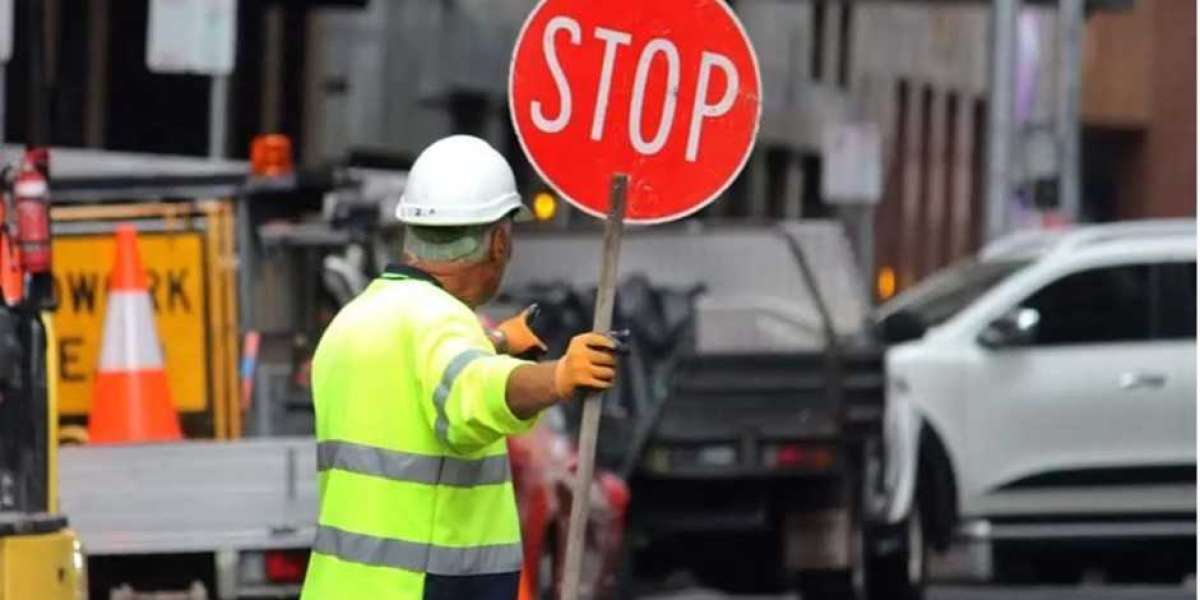Effective traffic management is crucial for ensuring road safety and reducing accidents. As the global population grows and urbanization increases, the number of vehicles on roads has surged, leading to higher risks of collisions, injuries, and fatalities. Proper traffic control measures can significantly reduce these risks by promoting orderly flow, minimizing confusion, and safeguarding both motorists and pedestrians. This article explores how traffic management plays a pivotal role in enhancing road safety and outlines key measures to reduce accidents through effective traffic control.
The Importance of Traffic Management for Road Safety:
Traffic management refers to the planning, monitoring, and control of road networks to ensure smooth and safe movement of vehicles and pedestrians. Without effective traffic management, roads become chaotic, leading to congestion, confusion, and an increased risk of accidents. By implementing structured traffic control systems, road authorities can manage the flow of traffic efficiently, helping to prevent accidents and improve overall safety.
Accidents often occur when traffic rules are unclear or poorly enforced, or when the infrastructure lacks the necessary elements to guide road users. In these cases, vehicles may drive at unsafe speeds, pedestrians may cross roads unpredictably, and the overall road environment may become hazardous. Proper traffic management can address these issues by establishing clear rules, enforcing them consistently, and ensuring that all road users understand their roles.
Key Traffic Control Measures for Reducing Accidents:
There are several traffic control measures that can significantly reduce the likelihood of accidents on the road. Some of the most effective include:
Traffic Signals and Signs: Traffic lights, stop signs, yield signs, and pedestrian crossings play a vital role in regulating traffic flow and providing clear instructions to road users. Well-placed and properly functioning traffic signals reduce confusion at intersections and ensure that vehicles and pedestrians can move safely. Regular maintenance of these signs and signals is crucial to avoid malfunctions that could lead to accidents.
Speed Control: Speed limits are one of the most essential tools for preventing accidents. Speeding is a leading cause of accidents worldwide, and by enforcing speed limits, authorities can significantly reduce the chances of severe collisions. Installing speed bumps, electronic speed monitors, and cameras can also help deter speeding, especially in high-risk areas such as school zones and residential neighborhoods.
Road Markings and Lane Divisions: Clearly marked lanes and road divisions help guide drivers, ensuring that vehicles stay in the correct lane and avoid collisions with oncoming traffic. Painted lines, arrows, and reflective markers provide visual cues that keep drivers on track, especially during adverse weather conditions or at night when visibility is reduced.
Roundabouts and Intersection Design: Properly designed intersections and roundabouts can greatly reduce the risk of accidents. Roundabouts force vehicles to slow down and follow a predictable pattern, minimizing the chances of high-speed collisions. Intersections with clear signage and proper traffic signal timing can also prevent confusion, especially during peak hours when traffic volumes are high.
Pedestrian Safety Measures: Pedestrians are among the most vulnerable road users, and implementing specific safety measures for them is essential. Crosswalks, pedestrian bridges, and overpasses allow people to cross roads safely, reducing the risk of accidents. Additionally, installing pedestrian signals that coordinate with vehicle traffic lights ensures that pedestrians have adequate time to cross roads safely.
Smart Traffic Management Systems: Advances in technology have led to the development of smart traffic management systems that use sensors, cameras, and real-time data to optimize traffic flow. These systems can adjust traffic signal timing based on current traffic conditions, reducing congestion and preventing accidents caused by sudden stops or erratic driving. Automated systems can also detect and respond to accidents more quickly, improving emergency response times and reducing the severity of crashes.
Education and Enforcement as Key Components:
While infrastructure and technology play significant roles in traffic management, education and enforcement are equally important in ensuring road safety. Drivers, pedestrians, and cyclists must be educated about traffic laws and safe road practices. Public awareness campaigns, driver training programs, and road safety initiatives help instill responsible behavior among road users.
Strict enforcement of traffic laws is also necessary to prevent accidents. Traffic violations such as speeding, running red lights, or distracted driving must be addressed through fines, penalties, and legal consequences. By maintaining a strong enforcement presence, authorities can deter reckless driving and encourage compliance with traffic rules.
The Role of Traffic Control in Accident Prevention:
Proper traffic Security control is fundamental in preventing accidents and ensuring that all road users can travel safely. A well-managed road system with clear signs, signals, and regulations reduces confusion and promotes predictability, making it easier for drivers to navigate the roads without unnecessary risks. When traffic control measures are absent or poorly implemented, the chances of accidents increase significantly, as drivers may be left uncertain about how to proceed in specific situations.
For example, poorly marked intersections or malfunctioning traffic lights create confusion, causing drivers to misjudge the timing of their movements. This uncertainty can lead to collisions, especially in busy urban areas. Additionally, roads with inadequate signage or unclear speed limits encourage unsafe driving behaviors, increasing the risk of accidents.
Final Thought:
Traffic management and road safety are deeply interconnected, and effective traffic control measures are essential for reducing accidents and saving lives. By implementing comprehensive traffic control systems that include signals, signs, speed management, road markings, and pedestrian safety measures, authorities can create a safer environment for all road users. Moreover, combining infrastructure improvements with public education and law enforcement ensures that traffic rules are followed, further minimizing the chances of accidents. As cities continue to grow and road networks become more complex, prioritizing traffic management will be key to achieving long-term road safety goals.








